Support strong Canadian climate journalism for 2025
Jessica Turner curates art to raise awareness about climate change. This 32 year old Belleville, Ont., resident believes an encounter with art can deepen our engagement with the natural world and motivate us to take action to protect it.
Tell us about your current project.
Contemplating Glaciers- A Dialogue is a solo exhibit of works by British Columbia-based artist Jan Kabatoff. Using India ink paintings, video, sculpture, photography and information panels, the exhibit at Kingston’s Tett Gallery invites us to deepen our awareness of the impacts of a warming — and increasingly polluted — world on nature through the lens of the impacts on the Athabasca Glacier in Jasper National Park.
It has been gratifying to see the exhibit reach people for whom climate change is not top of mind at an emotional level. Even if they were not very aware when they arrived, they leave with new insights. For example, soot from the recent wildfires creates a black sooty residue on the glacier and accelerates melt. It is easier for people to understand and internalise this reality with images of the dirty crust on the otherwise pristine surface. Art has the capacity to reach many more people than words alone. There are opportunities for people to take action at the end of their visit and most people take a survey about their experience and feel good knowing that Tree Canada will plant a tree to thank them.
We are fortunate to have Bob Sandford, chair of the United Nations Global Water Futures Program as a sponsor. We obtained the first permit ever issued by Parks Canada to take a photographic drone over the Athabasca Glacier. It is heartwarming to see the degree of support for this project.
How did you come to curate this exhibit?
I was seeking such an experience for my master of arts thesis. I was originally interested in exploring art that the Doukhobors created with the intention of showcasing their low impact lifestyle. This led me to Jan, but she indicated that while she had focused on this topic as a young woman, in her elder years she is most interested in climate change. As an undergraduate I had seen Edward Burtynsky’s exhibit Anthropocene and was fascinated by the ability of art to show us both beauty and tragedy in the climate crisis. I jumped at the chance to curate Jan’s work.
What does your job entail?
As an independent curator I choose the works, identify the space they need, find and book it, arrange for the transport of the works, design the display and compose information panels for each piece. I advertise the show, host opening night and interact with the visitors throughout the exhibit. I arrange accommodation for the artist and make sure she is well looked after. I raise all the funds and find sponsors. It is an engrossing and demanding job. Knowing I am making a difference in the climate action space makes it all worthwhile. I plan to make this the focus of my Ph.D and to make a career of curating art with climate change themes.
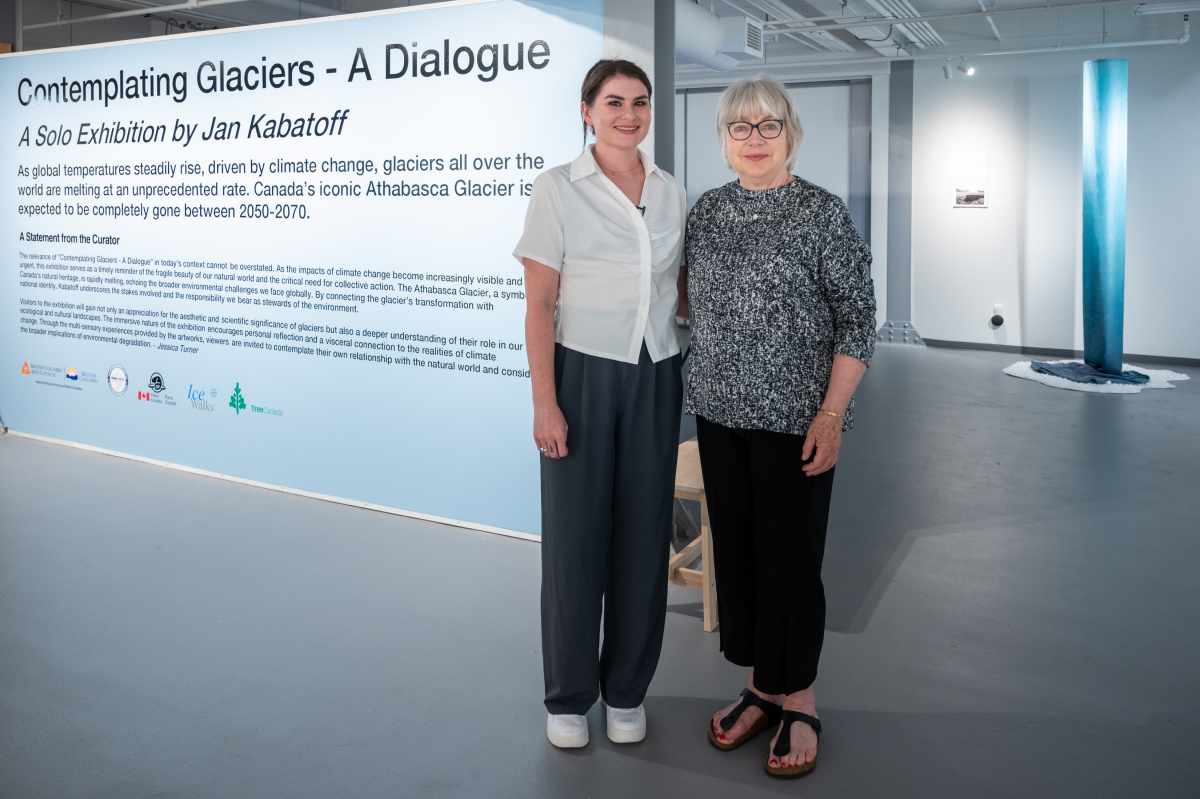
How did you get interested in this work?
I am a painter. I wanted a career in art, but with financial stability. I love art history and enjoy knowing I am helping to make it.
What makes it hard?
The science is complex and I am concerned that my social media posts and information I share with visitors is completely accurate. With impact and profile comes responsibility.
I want to reach a diverse audience. Ensuring the exhibit is both informative and inviting is a delicate balancing act.
How did the way you were raised affect you?
My Dad restores old buildings. He raised me to look for the beauty and possibility in decay. The images of glaciers are both beautiful and scary. He helped me learn to hold both at once. He believes in this project and has been very supportive.
My Mom and my brothers don’t always share my views, but I know they will support me regardless. Their interest and willingness to engage means the world to me.
What gives you hope?
Hearing a frequent “Wow” and deep sighs of reaction at the gallery and knowing that some hearts are being reached and minds shifted.
Most visitors have never been to the Athabasca Glacier, but they often make connections with their own reality. One young woman connected the use of plastic water bottles at the Olympics to the degradation of the glaciers.
Many who come are already supportive. Their encouragement is heartening.
Any advice for other young people?
Find your voice and use it. Learn all you can about the nature close to you. It could be the ocean or a forest or a lake or river. Everything needs our attention. Then find a group that is working on it and offer whatever talents and skills you have. We need everyone.
What about older readers?
You have wisdom and experience and your voices are the strongest right now. Help. It all matters.
Jessica E. Turner is an emerging art curator. She lives in Belleville, Ont.

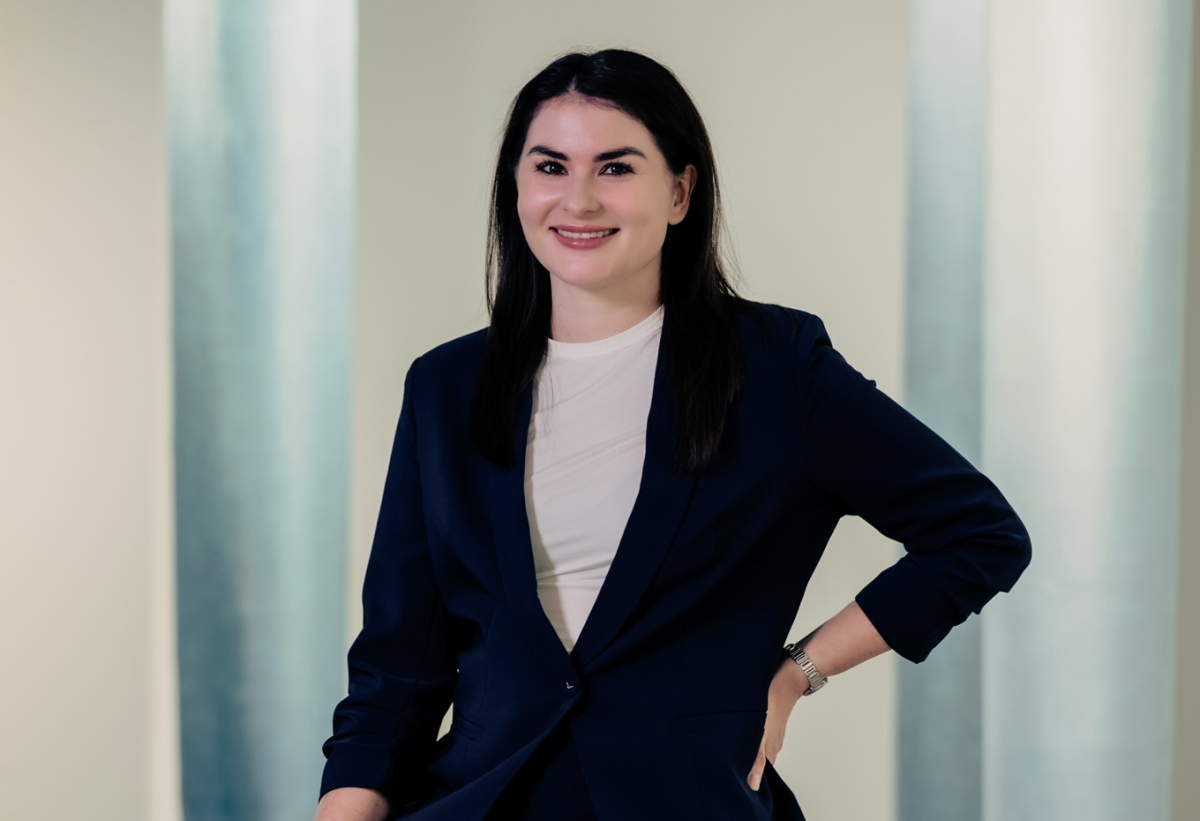
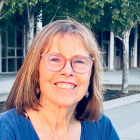
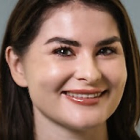
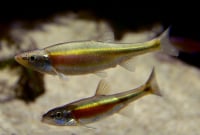

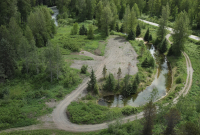
Comments